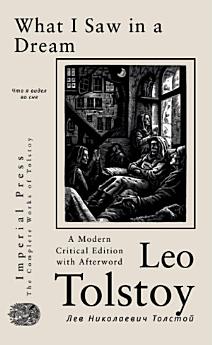What I Saw in a Dream
Tungkol sa ebook na ito
Tolstoy structures the dream as a moral parable. The protagonist is confronted by manifestations of human folly—pride, vanity, greed—and shown the consequences of living a life detached from humility and compassion. These encounters are stark and often unsettling, a deliberate stylistic choice meant to jolt both character and reader into a confrontation with uncomfortable truths. The dream culminates in a moment of clarity or revelation, where the narrator perceives the necessity of spiritual rebirth through selflessness and inner purity. It’s a raw, sometimes didactic portrayal of the internal battle between selfishness and virtue.
Although the piece is brief, it marks a pivotal step in Tolstoy’s evolution from talented raconteur to moral prophet. It reveals his early conviction that literature must serve conscience, not merely delight the senses. The stark, almost sermon-like conclusion—where the dreamer wakes with a resolve to live for others—prefigures the later Tolstoyan credo of ethical self-renunciation. For readers tracing the arc of his thought, What I Saw in My Dream stands as a compact manifesto: art is a mirror to guilt, a summons to repentance, and a promise of inner renewal. It shows a young Tolstoy already consumed with questions of existential significance and already disillusioned with superficial moral codes. The tale foreshadows his future embrace of Christian anarchism and his critique of institutionalized religion and state power. More than a dream, the work is a mirror held up to the reader’s soul, demanding introspection and the pursuit of moral clarity.
This critical reader's edition presents a modern translation of the original manuscript, crafted for the modern reader with clean, contemporary language and simplified sentence structures that clarify his complex Russian phrasing and specific antiquated references. Supplementary material enriches the text with autobiographical, historical, and linguistic context, including an afterword by the translator on Tolstoy’s personal history, impact, and intellectual legacy, an index of the philosophical concepts he employs—emphasizing Existentialism and influence by Schopenhauer—a comprehensive chronological list of his published writings, and a detailed timeline of his life, highlighting the personal relationships that shaped his philosophy.







